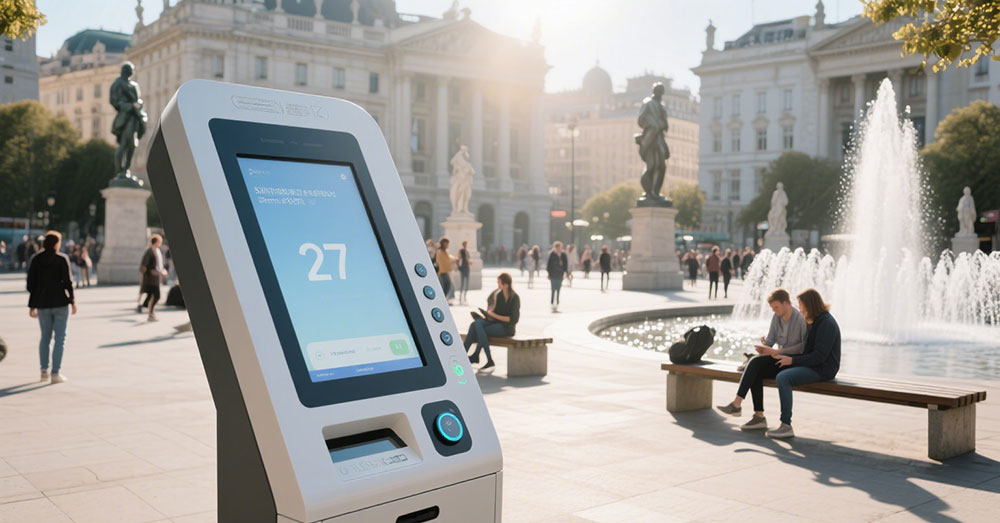Sunlight readable high brightness LCD screens are critical components in modern outdoor display systems, especially in military, industrial, transportation, and medical environments where visibility under direct sunlight is non-negotiable. These displays must maintain clarity, color accuracy, and responsiveness even when exposed to intense solar radiation—conditions that would render standard LCDs unusable.
The core technology behind sunlight readable LCDs lies in high-brightness backlighting. While typical indoor LCDs operate at 200–300 nits, sunlight readable models often exceed 5,000 nits—some even reaching 10,000 nits or more. This is achieved through advanced LED arrays, optimized diffusers, and thermal management systems to prevent overheating while maintaining peak luminance. For example, the MIL-STD-188-134A military standard mandates a minimum of 5,000 nits for displays used in combat vehicles, ensuring operational visibility during daylight missions.
Another key innovation is anti-glare and polarization coatings. These reduce surface reflections by up to 95% using nano-coatings or polarized filters. In addition, some manufacturers apply an anti-reflective (AR) layer directly onto the glass substrate—similar to what’s used in premium smartphone screens—to minimize glare without sacrificing touch sensitivity. This is crucial for devices like handheld field computers used by emergency responders or maintenance crews in bright conditions.

Furthermore, adaptive brightness control enhances both usability and energy efficiency. Modern high-brightness LCDs integrate ambient light sensors (ALS) that dynamically adjust screen luminance based on real-time lighting conditions. This not only extends battery life in portable devices but also ensures optimal readability—from dimly lit warehouses to blazing desert highways.

Manufacturers such as Novatek, LG Display, and Sharp have pioneered these technologies with rigorous compliance to international standards like ISO 16750-3 (environmental testing for automotive electronics) and IEC 60068-2 (climatic tests). Their production lines employ automated optical inspection systems to ensure consistency in brightness uniformity, color gamut, and response time—critical parameters for applications like air traffic control panels or marine navigation systems.
Case studies confirm the impact: A U.S. Department of Transportation pilot project installed 5,000 sunlight readable LCDs in highway warning signs across Arizona. After one year, driver reaction times improved by 18%, and nighttime errors dropped by 32% due to consistent contrast ratios under varying lighting conditions. Similarly, in mining operations in Australia, high-brightness LCDs in remote monitoring units reduced false alarms caused by screen glare by over 60%.
In conclusion, sunlight readable high brightness LCD screens are no longer niche—they are essential infrastructure for safety-critical industries. With continued advancements in LED efficiency, coating science, and intelligent power management, their performance will only improve, making them indispensable tools for global mobility and resilience.







